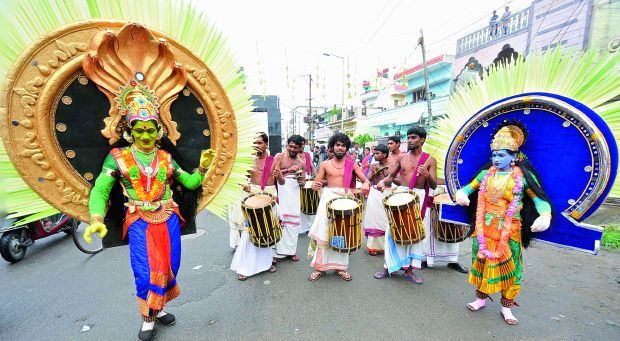
The logo of Telangana by Laxman Aelay has become a “must like” for the artists from the region. And this is perhaps the dawn of the new identity for Telangana. Now, with the formation of the new state, it is only natural that a lot of effort will be put into restoring and re-asserting lost identities.
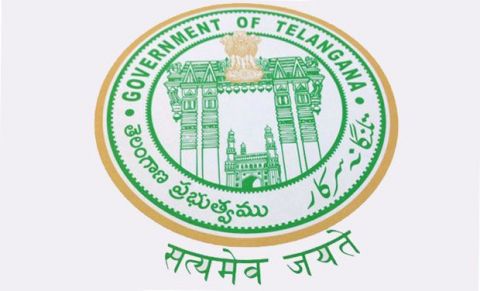
A NEW START
Senior artist Fawad Tamkanat and a group of artists are raring to revamp the museums and public spaces. “There are a lot of paintings of Abdur Rahman Chughtai, which are now worth so much, as the artist has become coveted by global auction houses, and we don’t even display these paintings properly,” he says, citing an example. These artists also hope to bring in more art into the public sphere starting from government offices.
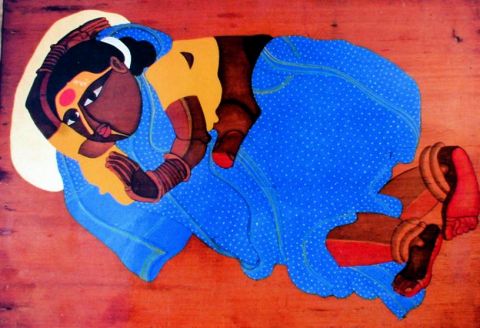
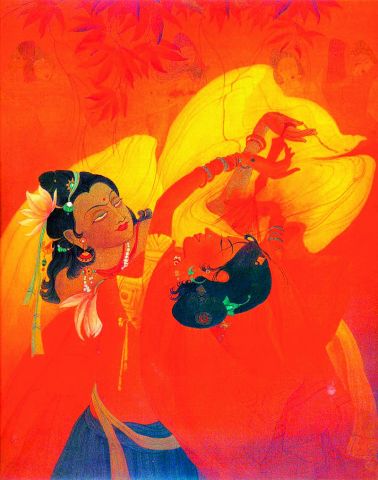
And their need will find backing even in the government as K. Kavitha, the founder of Telangana Jagruthi, an initiative to uphold the culture of the region, vows to fight for the cause of culture. “After all, the whole movement has been about the reassertion of the cultural identity of the people of this region. I hope the government will realise this, and I will do whatever it takes to ensure that the culture of Telangana is not only restored, but also researched,” she asserts.
FOLK, A WAY OF LIFE
Theatre or performance art has always been a part of Telangana life. But the staging was what was peculiar to the culture. An academic, Linga Srinivas, now pursuing his PhD in folk arts in Telugu University explains, “Every caste had a sub-caste that would be involved in these shows. The performances, included song and dance and are often performed for a community or the village after the day’s work is done. And some were reserved for special occassions”
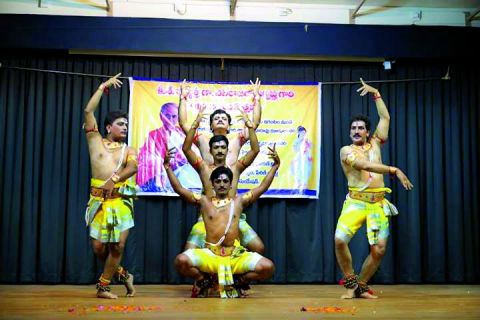
The Kakatiya Dynasty and its activities between the 11th and 14th century formed the roots to the Telangana art, culture and architecture. Pandu Ranga Rao of Kakatiya Heritage Trust explains, a “bible for art and culture” came from a head of the elephant army, Janasenapathi, whose book Nrtta Rathnavali, which has been now translated into English. “Even Bathukamma, Sammakka festivals find root here,” he says, adding “People like Janasenapathi also rebelled against the Kakatiyas. The martyrs thus became god-like to the tribes.”
While Ramappa temple murals speak volumes, a dance form that came down from the warriors — called Perini Sivatandavam — is still being carried forth by Narataja Ramakrishna and his disciples.
National Award-winning filmmaker and a noted Telangana cultural figure, B. Narsing Rao explains, how theatre also changed over time to involve the movement. “As a child, I watched people from the shepherd community stage witty theatre. It involved characters bringing up issues, discussing them, while an artiste resolved them. The forms were called Gollu Sudhi, Oggu Kathalu and Gotralu.”
In 1970s, Gollu Sudhi and Oggu Katha mingled and new forms emerged. The ‘Dhoom Dham’ shows were about the struggle and exploitation. “It was around that time that Gaddar came into the picture and a large number of people joined in the movement. People adopted the old sensibilities of theatre and art, but only the content changed,” he says.
Now, it’s all about the future for Rao, “otherwise the struggle won’t make sense”. “A new crop of artists need to be trained for films as well,” he says.
IMMERSIVE ART AND A RICH INFUSION
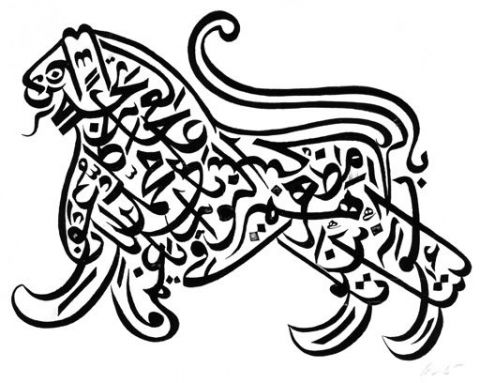
Curator and artist Avani Rao goes on to elucidate how the art was born out of everyday life. “If you notice, most of the big artists that we are proud of today are from Telangana. Art is a huge part of their daily life. The attitude towards art is very immersive.”
“The content was very simplistic. Women are such a big part of the ‘Telangana’ society, they carry forth the responsibilities and even make decisions. So we see a lot of artists painting women,” she adds.
Meanwhile, talking about the Qutub Shahi and Nizami influences, an octogenarian who has taught three decades at JNTU, Professor Shareef starts, “The city was set up by Quli Qutub Shahi, a great lover and patron of not only art, but also music.” The region has been fortunate to have patrons of art. In fact, even Aurangzeb was an artist who weaved topis and also made copies of the Quran in calligraphy. He also nurtured the spirit of learning as he invited Persian artists to train the artists here. The region, therefore, has a lot of good miniatures. “The Dakhani miniatures are rich figuratives and sometimes even incorporate literature (poetry). But they can’t be called illustrations, they are inspired by the words,” explains Fawad.
source: http://www.deccanchronicle.com / Deccan Chronicle / Home> Lifestlye> Offbeat / by Samyuktha K / June 02nd, 2014